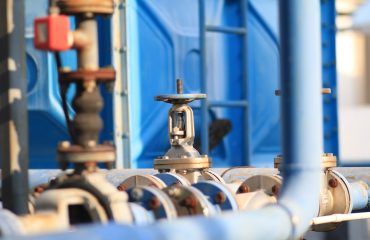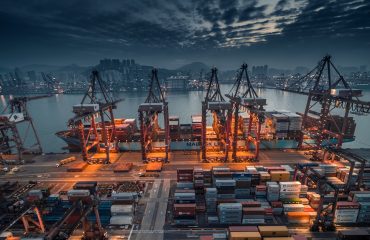The steel industry, a cornerstone of global infrastructure and manufacturing, faces a critical challenge: decarbonization. Its high carbon footprint, largely due to the blast furnace process, significantly contributes to greenhouse gas emissions. However, a growing movement is pushing for net-zero targets in steel production, promising a greener future for this essential industry. This post delves into the complexities and innovative solutions driving this crucial transition.
The Urgency of Net-Zero Steel
The urgency to achieve net-zero emissions in steel production stems from the industry’s substantial contribution to global warming. Traditional steelmaking relies heavily on coking coal, a fossil fuel that releases significant amounts of carbon dioxide (CO2) during the ironmaking process. This process, while efficient in its current form, is environmentally unsustainable. Meeting global climate targets requires a dramatic reduction in these emissions, pushing the steel industry towards radical transformation. Governments worldwide are implementing stricter regulations and incentivizing the development and adoption of cleaner steelmaking technologies. Failure to adapt will result in significant economic and environmental consequences for steel producers and the global economy.
Hydrogen-Based Steelmaking: A Promising Pathway
One of the most promising avenues for achieving net-zero steel is the transition to hydrogen-based steelmaking. Instead of using coking coal, this process utilizes hydrogen as a reducing agent in the direct reduction of iron ore. This eliminates the direct CO2 emissions associated with coal combustion. While hydrogen production currently relies heavily on fossil fuels, the shift towards green hydrogen, produced through renewable energy sources like solar and wind power, is crucial for achieving true decarbonization. The development of efficient and cost-effective hydrogen production and storage technologies is therefore paramount to the success of this approach. Challenges remain in scaling up hydrogen production and integrating it into existing steelmaking infrastructure, but significant progress is being made.
Carbon Capture, Utilization, and Storage (CCUS): A Complementary Technology
Carbon Capture, Utilization, and Storage (CCUS) technologies offer a complementary approach to decarbonizing steel production. CCUS involves capturing CO2 emissions from steel mills, either before or after combustion, and either storing them underground or utilizing them in other industrial processes. While CCUS cannot entirely eliminate emissions, it can significantly reduce the carbon footprint of existing steelmaking facilities. The effectiveness of CCUS depends on the efficiency of carbon capture, the availability of suitable storage sites, and the economic viability of carbon utilization projects. The integration of CCUS with hydrogen-based steelmaking could further enhance emission reductions, creating a hybrid approach to decarbonization.
The Role of Renewable Energy in Decarbonizing Steel
The transition to net-zero steel is inextricably linked to the expansion of renewable energy sources. Green hydrogen production requires substantial amounts of renewable electricity, highlighting the need for large-scale investments in solar, wind, and other renewable energy technologies. Furthermore, electric arc furnaces (EAFs), which use electricity to melt scrap steel, offer a more sustainable alternative to blast furnaces, particularly when powered by renewable energy. The integration of renewable energy sources into the steelmaking process is crucial for reducing the overall carbon footprint and achieving true sustainability.
Challenges and Opportunities in Achieving Net-Zero Steel
The path to net-zero steel is not without its challenges. The high capital costs associated with transitioning to new technologies, the need for significant infrastructure upgrades, and the complexities of integrating renewable energy sources present substantial hurdles. However, these challenges also present significant opportunities. The development and deployment of new technologies will create new jobs and stimulate economic growth. Furthermore, the demand for sustainable steel is increasing, creating a strong market incentive for innovation and investment. Government policies, including carbon pricing mechanisms and subsidies for green steel technologies, play a crucial role in facilitating this transition. International collaboration and knowledge sharing are also essential to accelerate progress towards a net-zero steel industry.
The journey towards net-zero steel is ambitious but essential. By combining innovative technologies, strategic investments, and supportive policies, the steel industry can forge a greener future, ensuring its continued contribution to global development while minimizing its environmental impact.
Tags: net-zero steel, green steel, sustainable steel, hydrogen steelmaking, carbon capture




